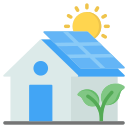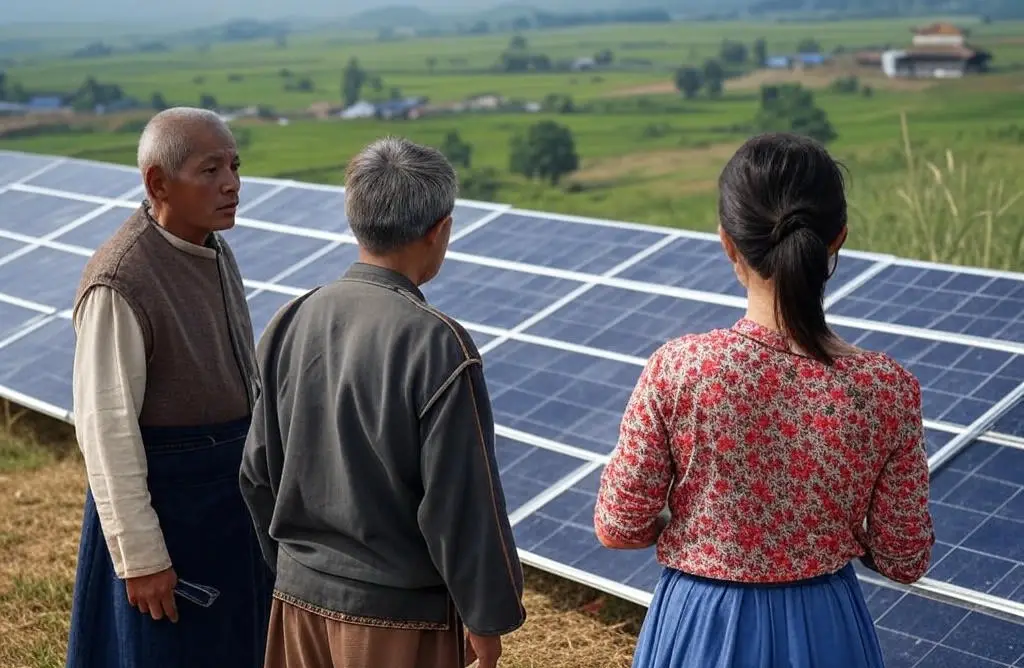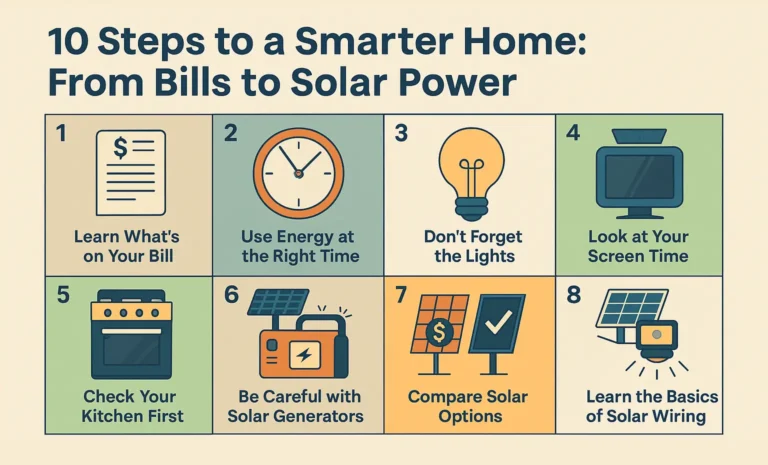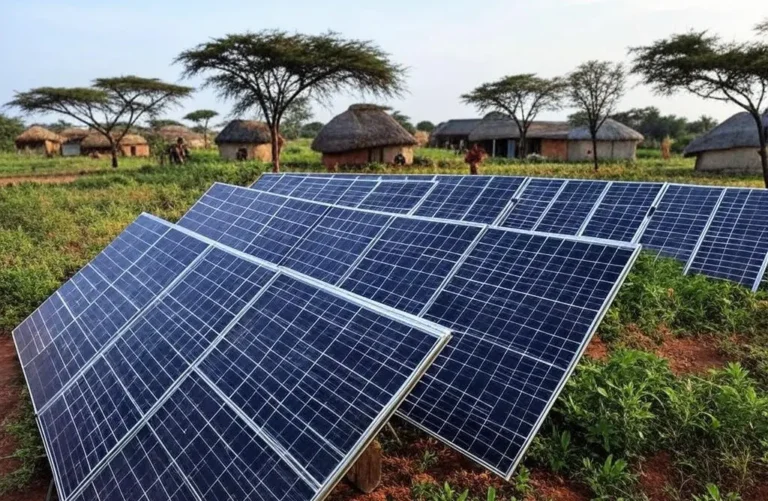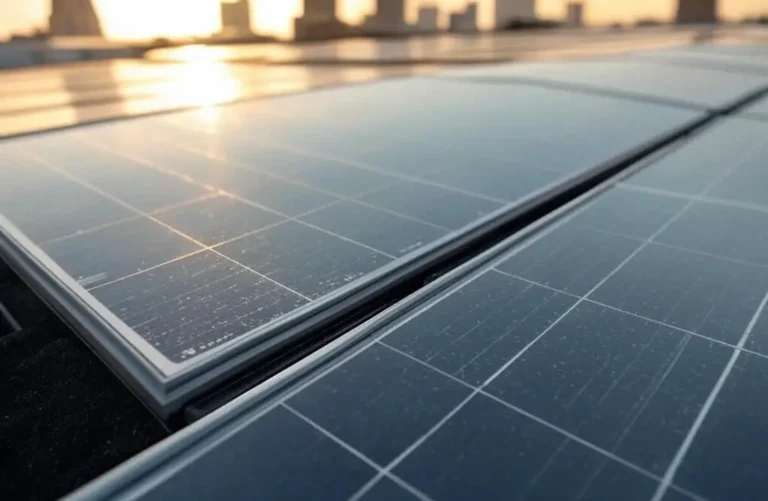Siemens Solar Unveils Solar Microgrid Program for Rural Communities: Press Release
Siemens Solar is proud to announce the launch of its Solar Microgrid Program for Rural Communities, unveiled on April 07, 2025. This transformative initiative aims to install 500 solar microgrids in rural areas across Africa, Asia, and Latin America by 2028, delivering clean, reliable energy to over 2 million people currently without grid access. Leveraging advanced photovoltaic (PV) technology and microgrid expertise, Siemens Solar is partnering with local governments, NGOs, and energy cooperatives to bridge the energy gap in underserved regions. This press release-style article provides an in-depth exploration of the program, its innovative technology, strategic rollout, community benefits, and its potential to redefine rural electrification, showcasing Siemens Solar’s commitment to global sustainability and social impact.
Addressing the Rural Energy Gap
Over 770 million people worldwide lack access to electricity, with the majority residing in rural areas of developing regions, according to the International Energy Agency (IEA). Traditional grid expansion is often impractical due to high costs and logistical challenges, leaving communities reliant on kerosene lamps or diesel generators—solutions that are expensive, polluting, and unreliable. Siemens Solar’s Solar Microgrid Program offers a sustainable alternative, using solar-powered microgrids to deliver decentralized, renewable energy directly to rural villages.
“Energy access is a human right,” said Dr. Anna Berger, Siemens Solar’s Global Development Director. “Our microgrids bring power to places grids can’t reach, unlocking opportunities in education, healthcare, and economic growth.” The program builds on Siemens Solar’s previous successes in off-grid solar, such as the Zaatari refugee camp project in Jordan, scaling up to address a broader rural challenge.
Program Objectives
The initiative is guided by clear goals:
- Energy Access: Electrify 500 rural communities, reaching 2 million people by 2028.
- Sustainability: Reduce CO2 emissions by 150,000 tons annually.
- Economic Impact: Create 4,000 local jobs in installation and maintenance.
- Scalability: Develop a replicable model for global rural electrification.
Technology Behind the Microgrids
Siemens Solar’s microgrids integrate the SMX-Next series panels (24% efficiency), scalable battery storage, smart inverters, and a microgrid controller to manage energy distribution within a community. These systems are designed for resilience in rural environments—high heat, dust, and limited infrastructure.
System Components
| Component | Feature | Benefit |
|---|---|---|
| SMX-Next Panels | 24% efficiency | Maximizes energy output |
| Battery Storage | 50-100 kWh per microgrid | Ensures 24/7 power |
| Microgrid Controller | AI-driven distribution | Optimizes energy use |
| Inverter | Smart, durable | Reliable in harsh conditions |
A typical microgrid, ranging from 20-50 kW, powers 50-100 households, plus small businesses and community facilities like schools and clinics. The AI-driven controller balances supply and demand, ensuring efficient energy allocation even during cloudy periods.
Strategic Rollout Plan
The program unfolds in phases:
- Phase 1 (2025): Pilot 50 microgrids in Kenya, India, and Peru.
- Phase 2 (2026-2027): Expand to 200 additional sites across West Africa and Southeast Asia.
- Phase 3 (2028): Complete 250 more, targeting Central America and East Africa.
Partnerships with organizations like the World Bank provide funding and local expertise.
Real-World Impact
Kenya Microgrid Pilot
In April 2025, a 30 kW microgrid in rural Kenya electrified 75 homes and a school, producing 40,000 kWh annually and reducing kerosene use by 90%.
India Village Project
A 50 kW microgrid in India powers 100 households and a health clinic, saving $15,000 yearly in fuel costs.
Benefits
Each microgrid saves $10,000-$20,000 annually, cuts emissions by 300 tons, and improves quality of life through reliable power.
Challenges and Solutions
Logistical and funding challenges are met with modular designs and international grants.
Future Vision
Siemens Solar aims to scale to 5,000 microgrids by 2035, integrating smart grids and hybrid systems.
Conclusion
This program lights up rural lives. Visit our site for more details.
